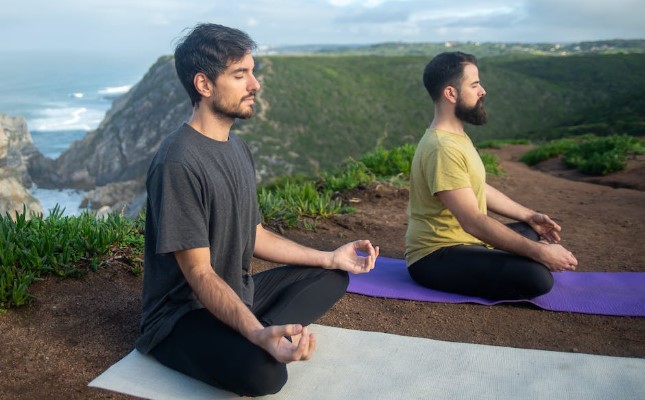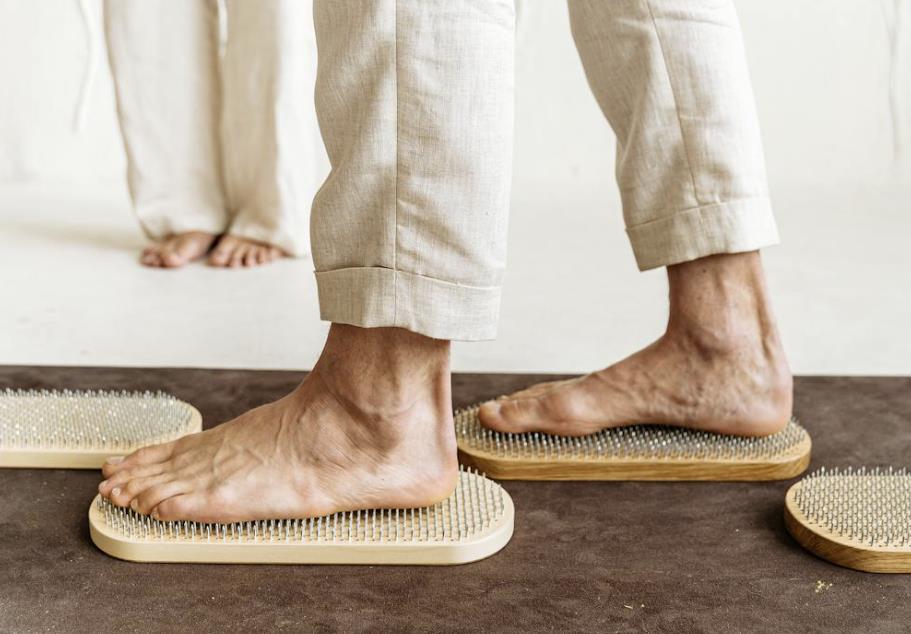Yoga Benefits for Anxiety
There are millions of people worldwide who suffer from anxiety, a prevalent mental health condition. Physical symptoms like increased heart rate and muscle tension can result from excessive worrying, restlessness, and sleep disturbance. There are a variety of treatment options available for anxiety, but yoga has gained significant attention nowadays as a potentially effective approach. Yoga has many benefits for anxiety, and both the mind and the body can benefit from it. Yoga practice makes you fit in all aspects and improve your quality of life.
Getting started
Nowadays, anxiety is a common concern among many people in our fast-paced, demanding world. A person’s overall well-being can be greatly impacted by anxiety, whether it is created by work-related stress, personal relationships, or societal pressures. Yoga offers a holistic approach to managing anxiety, which addresses the physical, mental, and emotional aspects of the condition.
Anxiety: An Overview
To understand yoga’s benefits, we must first understand anxiety and its effects on the body and mind. As a natural reaction to stress, anxiety can be classified as an anxiety disorder when it persists and interferes with daily activities. People who suffer from anxiety experience a variety of symptoms, including excessive worrying, restlessness, irritability, difficulty concentrating, and physical symptoms such as muscle tension, rapid heartbeat, and shortness of breath.
What is Yoga?
Physical postures, breathing exercises, and meditation techniques are all combined in yoga, an ancient Indian practice. Balance is achieved by bringing the body, mind, and spirit into harmony. “Yoga” refers to the union of various aspects of our being, emphasizing the integration of these aspects. As a means of promoting physical fitness, stress reduction, and overall well-being, yoga has gained popularity worldwide in recent years.







